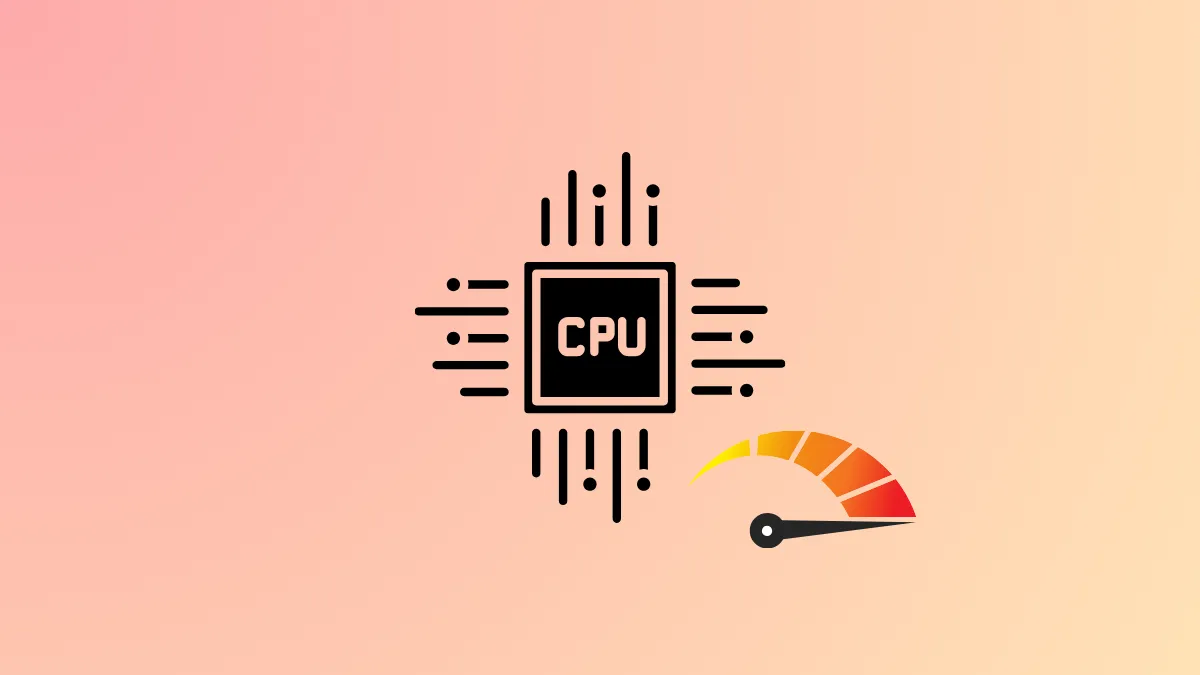Frequent CPU usage spikes from the "System" process can slow down your computer, disrupt multitasking, and cause programs to respond sluggishly. The "System" process in Windows handles core kernel operations and device driver interactions, so persistent spikes usually indicate underlying hardware or driver issues rather than routine background tasks. Addressing this problem involves identifying the root cause and applying targeted fixes to improve system responsiveness.
Check for Faulty or Outdated Device Drivers
Step 1: Open the Device Manager by pressing Windows + X and selecting Device Manager from the menu. This tool lists all hardware components and their drivers.
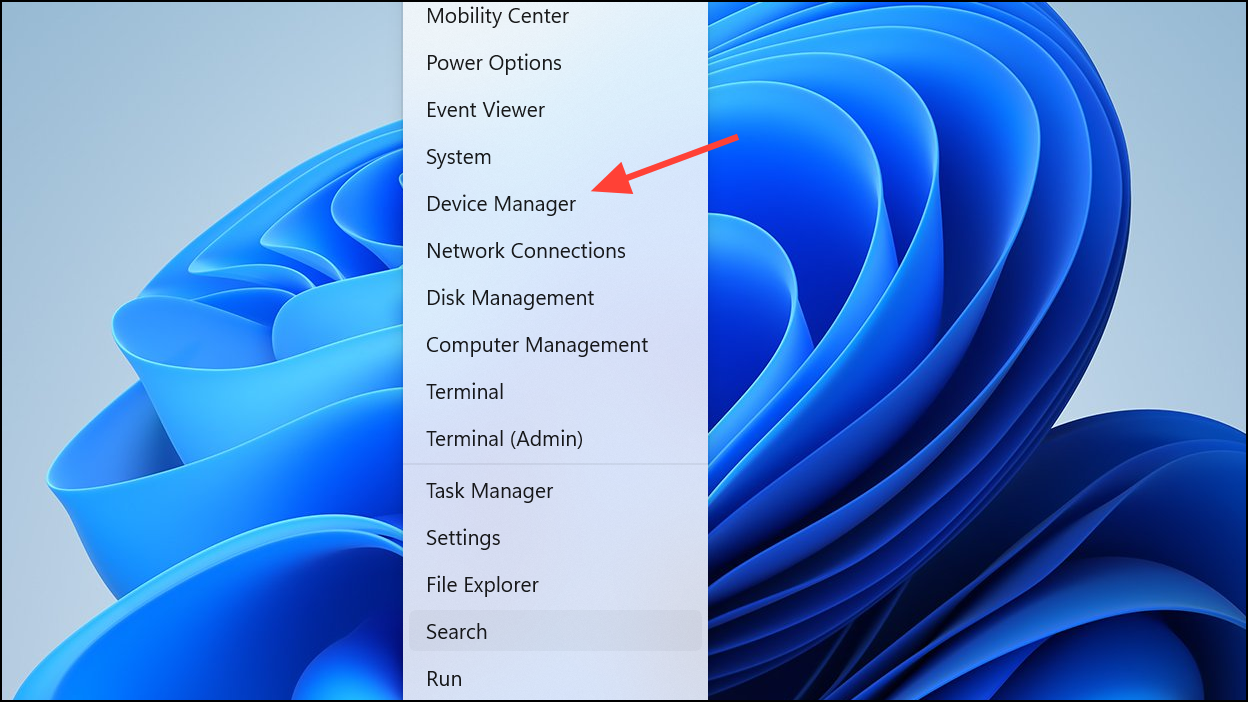
Step 2: Look for any devices with a yellow triangle or exclamation mark. These symbols indicate driver issues that could trigger excessive CPU usage by the "System" process.
Step 3: Right-click any problematic device and select Update driver. Choose Search automatically for drivers to let Windows find and install the latest version. If you know the device manufacturer, you can also download the latest driver directly from their website for more reliability.
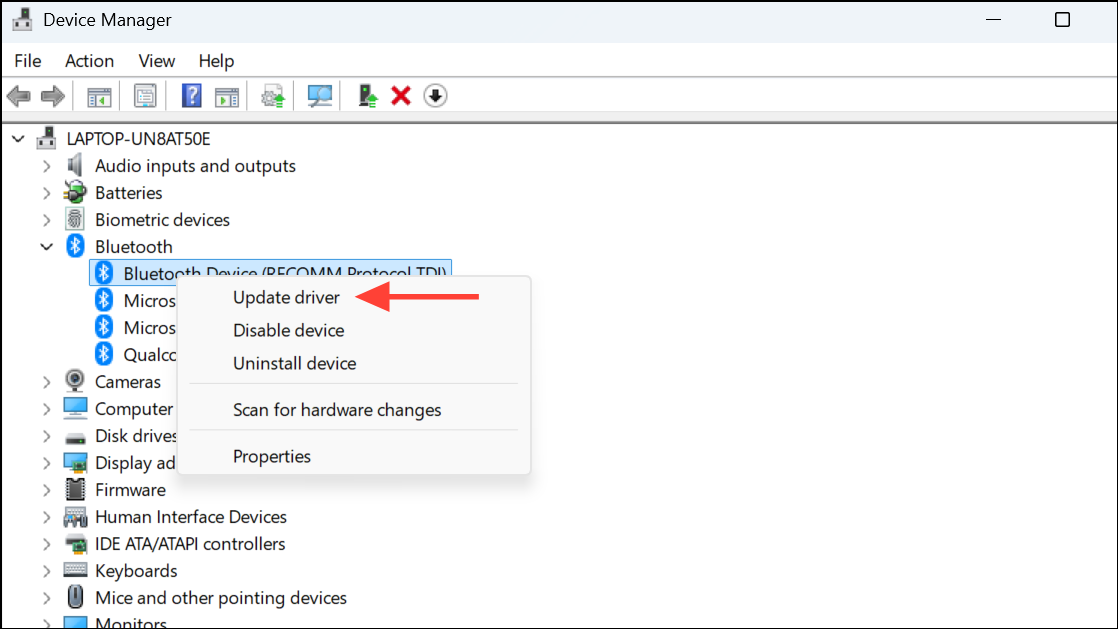
Step 4: After updating, restart your computer. Monitor CPU usage in Task Manager to check if the spikes persist.
Identify Problematic Third-Party Drivers with Windows Performance Tools
Step 1: Open Task Manager by pressing Ctrl + Shift + Esc. Go to the Processes tab and confirm that the "System" process is consistently using high CPU.
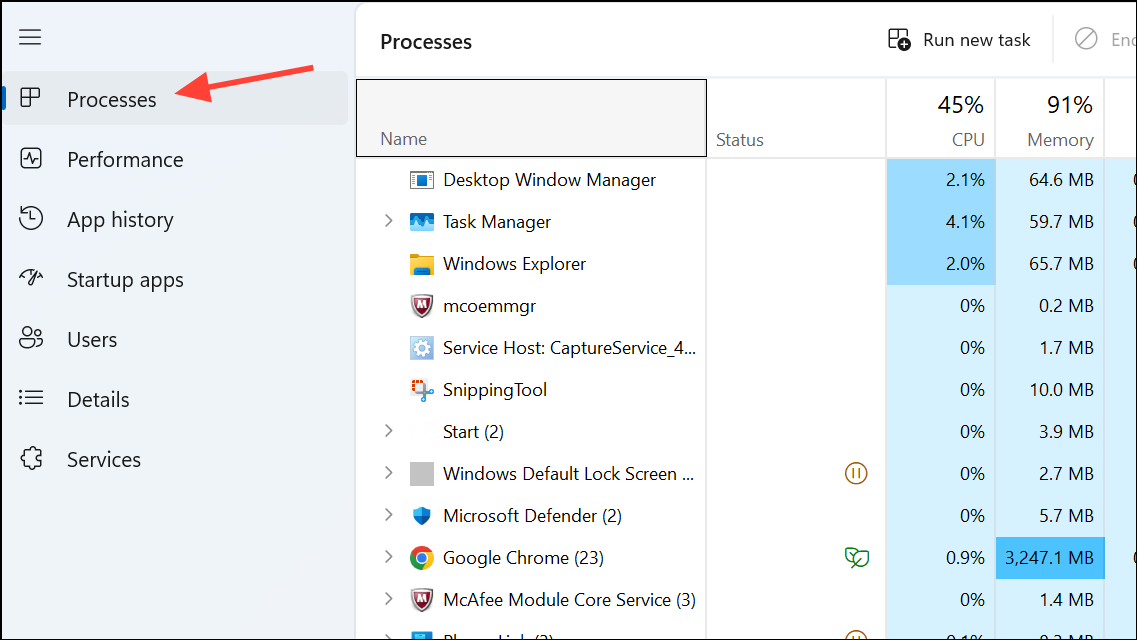
Step 2: Download and install the Windows Performance Toolkit, which is part of the Windows Assessment and Deployment Kit (ADK), from Microsoft’s official website. This toolkit provides Windows Performance Recorder (WPR) and Windows Performance Analyzer (WPA) for advanced diagnostics.
Step 3: Run Windows Performance Recorder as an administrator. Start a trace recording, reproduce the CPU spike, then stop the recording after a minute or two.

Step 4: Open the recorded trace in Windows Performance Analyzer. Look for high CPU consumption under the "System" process and identify if it is linked to a specific driver file (often ending in .sys).
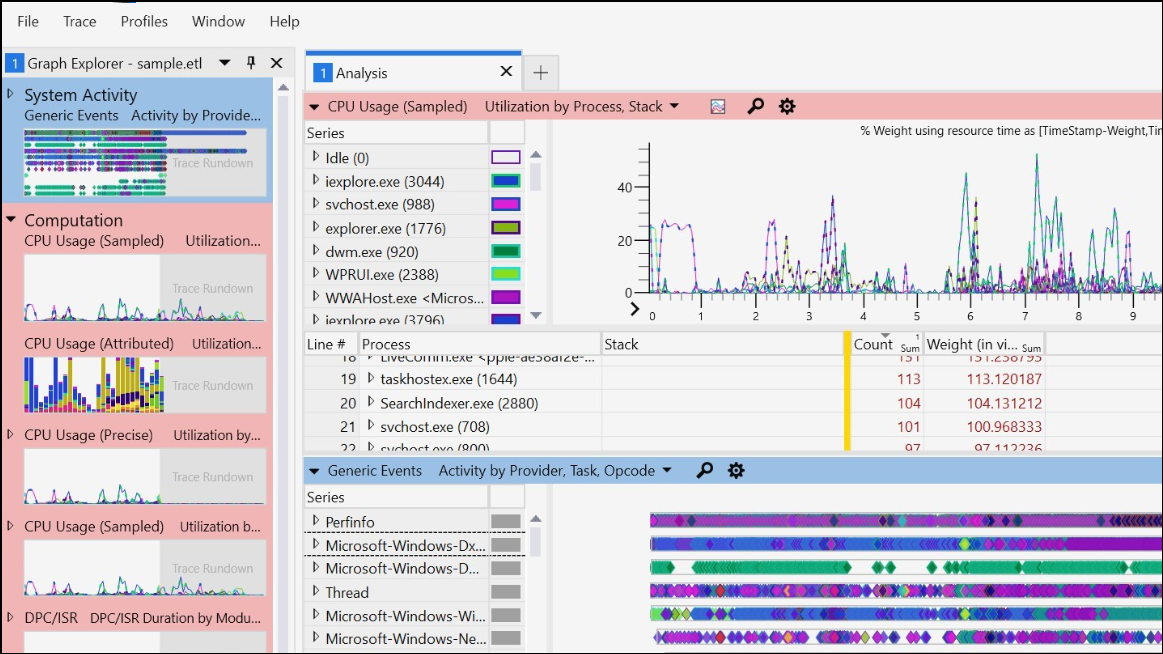
Step 5: Once you identify the problematic driver, visit the manufacturer’s website to download an updated version or, if possible, uninstall the driver if it’s not critical.
Check for Malware or Rootkits
Step 1: Run a full antivirus scan using your preferred security software. Malware or rootkits can disguise themselves as legitimate system processes and cause high CPU usage.
Step 2: For deeper analysis, use Microsoft’s Malicious Software Removal Tool (MSRT) or a reputable rootkit scanner. Follow the instructions to remove any detected threats.
Step 3: Restart your computer and observe CPU usage to confirm if the issue is resolved.
Disable Unnecessary Hardware Devices
Step 1: In Device Manager, right-click hardware devices you do not use (such as legacy ports or unused network adapters) and select Disable device. Disabling unnecessary devices can prevent their drivers from causing CPU spikes.
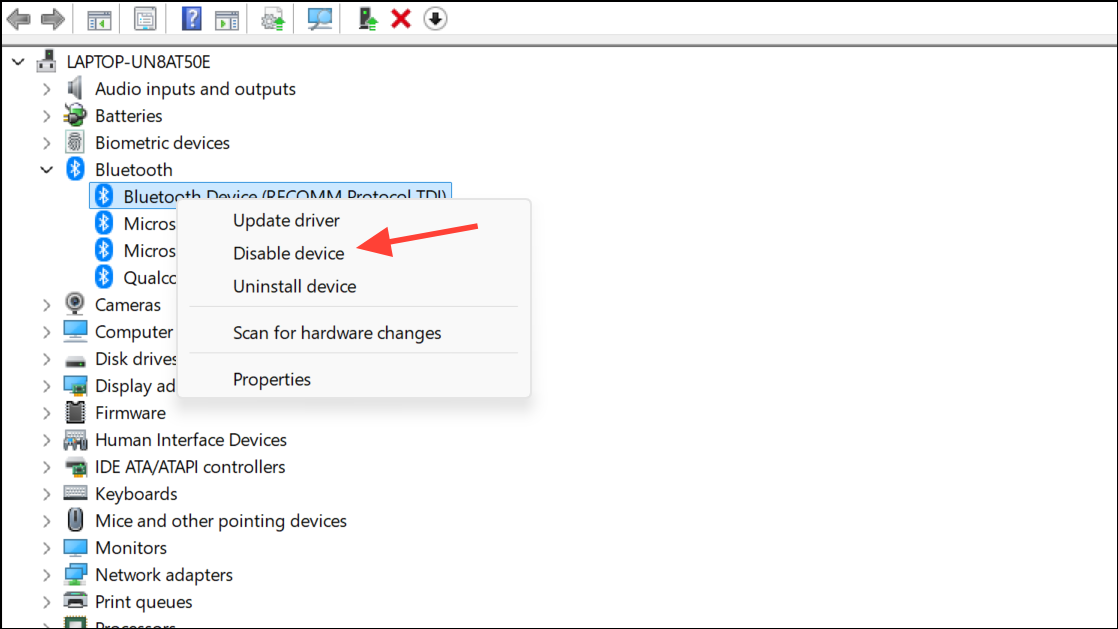
Step 2: Reboot your system and check if the "System" process CPU usage has dropped. If not, you can re-enable the devices without issue.
Update Windows and System Firmware
Step 1: Go to Settings > Update & Security > Windows Update and check for updates. Install all available patches, as they may include bug fixes for kernel or driver issues affecting the "System" process.

Step 2: Visit your computer or motherboard manufacturer’s website to check for BIOS or firmware updates. Follow their instructions carefully, as updating firmware can resolve compatibility issues that lead to CPU spikes.
Additional Maintenance Tips
- Monitor CPU usage regularly using Task Manager to quickly spot recurring issues.
- Keep all device drivers and Windows updates current to minimize compatibility problems.
- If you recently installed new hardware or software, consider rolling back or uninstalling to see if CPU usage normalizes.
- Back up important data before making major system changes such as BIOS updates or driver rollbacks.
Resolving high CPU usage from the "System" process often comes down to updating or troubleshooting device drivers, checking for malware, and keeping Windows fully updated. With these steps, you should see faster, more stable system performance and fewer unexpected slowdowns.

